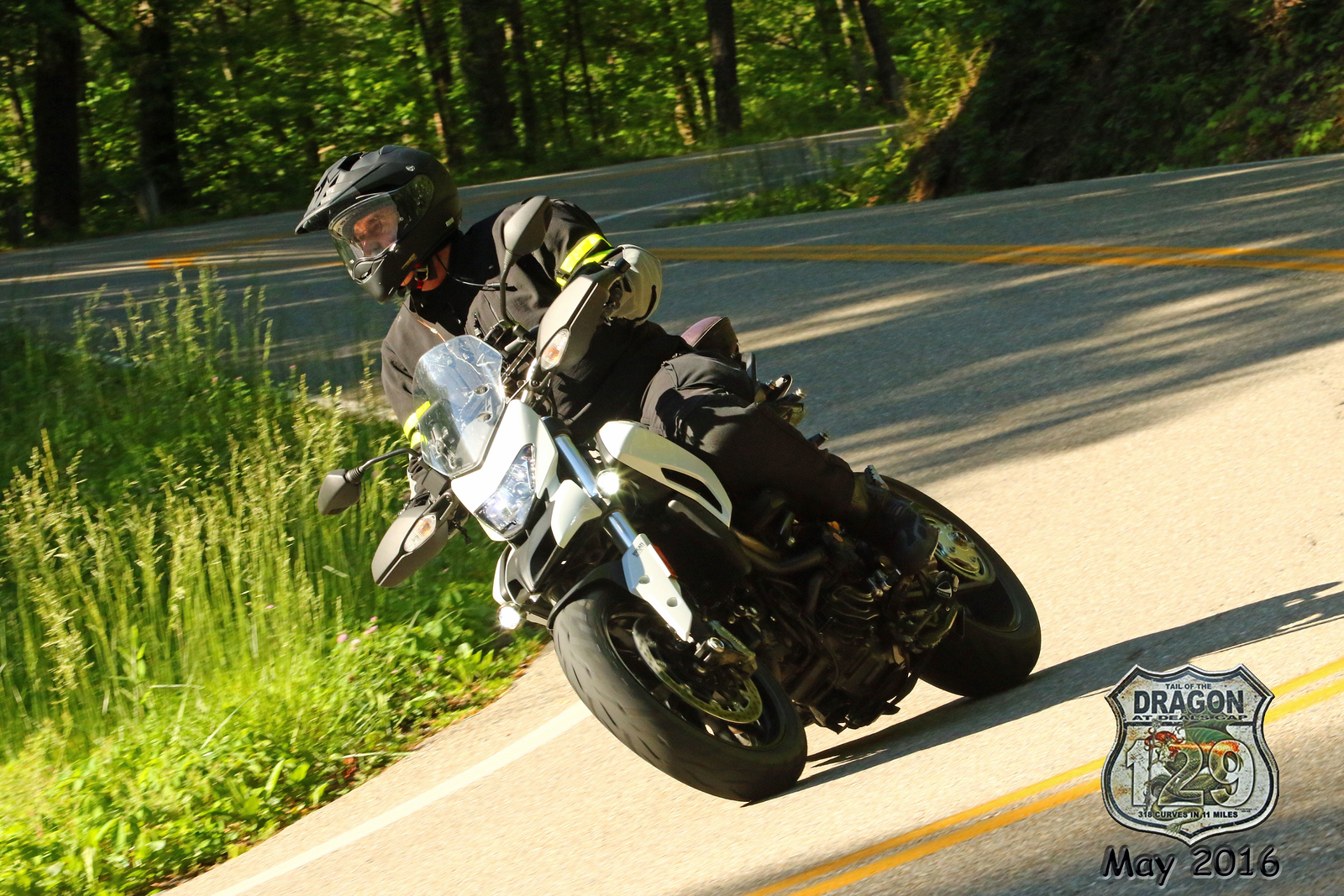astrocortex
Well-Known Member
- Joined
- Feb 21, 2016
- Messages
- 123
- Location
- CT
You seem to also have an interest in saying I made false claims about light output, for some reason.Therefore, I hereby challenge you to a "light-off", where we put our LEDs head to head in a battle of how many deer we can blind.
As to the original OP question - please be very cautious with what lights you put on your bike. You don't want something too bright that will blind oncoming drivers. I couldn't tell you how many guys on big GS's I've seen riding the other way with full blinders on at night, leaving me seeing spots and unable to see the road for a moment. Make sure you can at least switch them off or dim them when in the presence of oncoming traffic.
Yeah man, hence why that $115 switched set was in my sights. Also why I want to mount them really low like fog lights, so people can see me coming but it's not actually putting light in their eyes. I just need a broader light that covers my lane and extends another 30-50ft further forward than the stock headlight. My aging eyes are scary at night thes days. So scary I'm afraid to ride once the sun is down. Two rides in a row I came home and told my wife I wasn't doing that again. In another month, dark will be the only time I can ride, so I need some lights!












